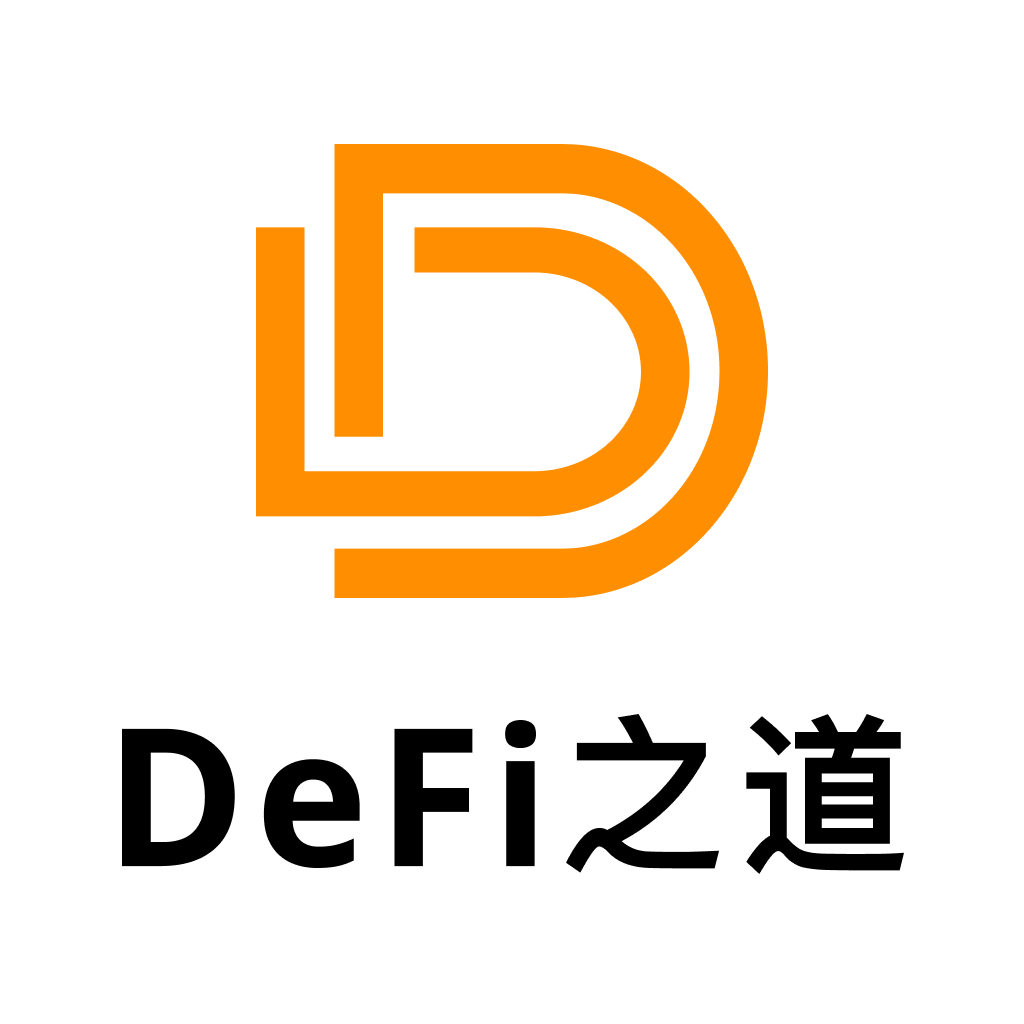一文了解Avalanche扩容方案:子网方案究竟有何优势?
Avalanche 的成功和飞速增长已不是什么秘密。 早期,该团队通过引入新的共识协议——Snow* 脱颖而出。
这种新颖的架构结合了经典和中本聪共识机制的最佳品质。 随着时间的推移,它与最成熟的协议(包括模块化和单片式)竞争越来越激烈。 虽然单片设计确实有一些优点,但我认为缺点远远超过了这些优点。

三个已知的共识协议系列之间的比较图
从由于运营成本增加的中心化,到潜在的网络停机,扩展单片系统的现实是黯淡的。 更具前瞻性的设计利用了一个系统,在该系统中,建立在主链之上的每个子链都通过动态验证完全保护。 Avalanche 将这种模块化愿景融入了他们所谓的子网中。

AVAX 凭借不断上升的桥接资产 TVL 跻身前 5 名
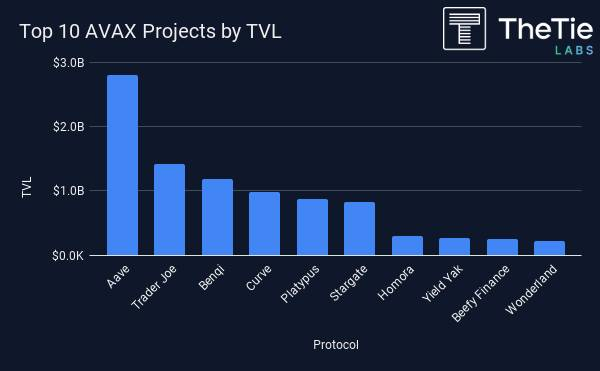
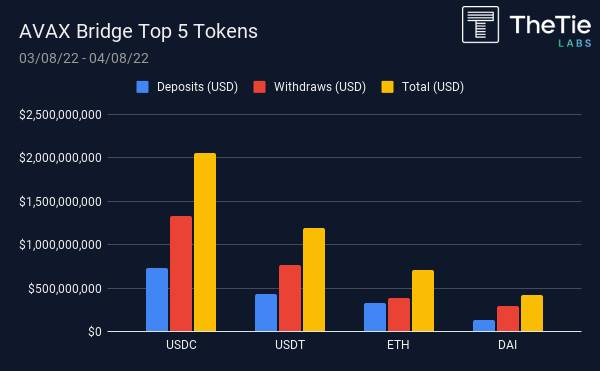
考虑到采用子网驱动的经济学与 Avalanche 的价值增值直接相关,因此值得探索是什么让子网独一无二且具有吸引力。
子网允许 Avalanche 通过允许大量验证者积极参与共识来扩展。一条链仅由一个子网验证,但一个子网可以验证多条链。每个子网都有自己的治理,并且可能要求其验证者具有特定属性(即:KYC/AML 检查、国家/地区位置、许可证)。验证者质押 AVAX 代币以加入主网络,该网络验证 Avalanche 的内置链。这些内置链包括:
交易所(X)链
平台(P)链
合约(C)链。
X 链是一个用于创建和交易 AVAX 资产的去中心化平台。该链在 Avalanche 虚拟机 (AVM) 上运行。 C链允许智能合约交互和创建,并在 EVM 上运行。 P链跟踪所有活动子网并支持创建新子网。

子网不与主网共享其网络负载,从而实现更低的延迟、更高的每秒事务处理 (TPS) 和更低的事务成本。因此,多亏了子网,随着交易吞吐量的增加,验证器的 CPU 和磁盘使用率并没有增加。
由于高水平的互操作性,资产可以在子网之间自由移动;这意味着没有信标或中继链。子网还可以自由选择在哪个虚拟机上运行。这是一张分解雪崩虚拟机和以太坊虚拟机之间差异的图表。
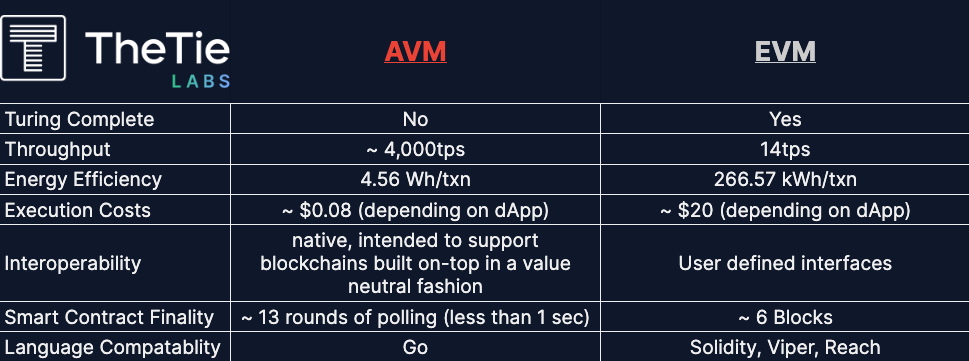
此时,您可能想知道:“L2 解决方案和子网有什么区别?”首先,L2 之间不能互操作,流动性分裂开始发生。例如,以太坊及其 L2、Arbitrum 或 Optimism 的流动性池是完全独立的。
在开发将被大规模使用的网络时,资产的可转移性至关重要。这就是为什么我们目前正在见证 DeFi 协议之间争夺主导地位的重要原因。另一方面,Avalanche 子网提供了一种主动扩展方法。
子网还为验证者提供了一个非常有利可图的提议。如今,要成为“早期采用者”并获得项目的股份非常困难,这主要是由于市场参与者数量的增加。在新子集上启动的新项目需要来自主网络的验证者,让一个人能够不断地将自己暴露在新的和令人兴奋的机会中。 Avalanche 预计新项目将利用这一“初始子网产品”,并结合逐步发行代币,以吸引验证者。从这个意义上说,验证者将成为新的稀缺资源。
另一方面,如果所有子网验证器也在 P 链上进行验证,则子网仅共享 Avalanche 的安全性,这涉及更高级别的硬件要求。
用例:GameFi
Avalanche 子网已经名声在外,因为最大的 GameFi(玩即赚钱P2E)项目之一 DeFi Kingdoms (DFK) 已在 Avalanche EVM 子网上推出。 GameFi 是一个快速增长的空间,随着 DFK 在 Avalanche 子网上的启动,更多的项目注定要移植过来。事实上,昨天,Terra 宣布与 Avalanche 建立 1 亿美元的合作伙伴关系。

DFK 的受欢迎程度稳步上升
Crabada
在 Avalanche 子网上运行的另一个大型 GameFi 项目是 Crabada,他决定创建一个专门用于游戏的子网,称为 Swimmer Network。通过他们的举措,Crabada 预计玩家的运营成本将降低约 85%。 Swimmer Network 的一项关键创新是他们的“收费模式”。此功能旨在通过允许玩家进行游戏而无需获取gas代币来减少进入摩擦,有点像当代免费游戏企业结构。游戏将由游戏制造商自行决定代表玩家补贴gas。 Swimmer Network 仍处于 alpha 阶段,因此看看 GameFi 社区对这个新颖的进入系统有何反应将会很有趣。
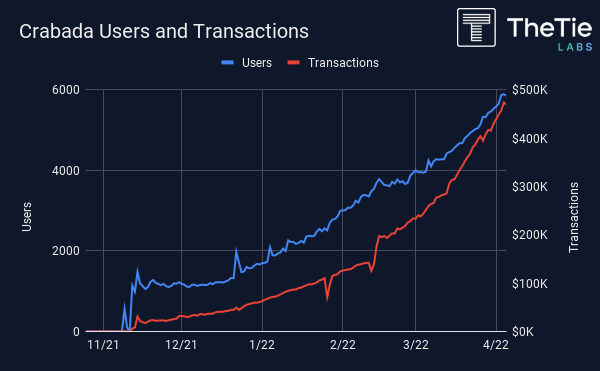
封装起来
随着区块空间的稀缺性持续上升,致力于去中心化理想的安全扩展解决方案比以往任何时候都更加重要。为此,Avalanche 在实施其子网设计方面取得了巨大飞跃。 DFK 切换到 Avalanche 打开了闸门,预测 Avalanche 将不仅仅是又一个区块链。
现在,我们正在目睹大量令人印象深刻的独特项目正在建设中。我个人非常兴奋的是 DeepSquare,一个高性能计算生态系统。从本质上讲,该项目旨在构建一个去中心化的超级计算机,实现高效的神经网络模块。最近,我有机会与 DeepSquare 的团队坐下来了解他们的思维过程。
我很好奇是什么促使他们在像 Avalanche Subnets 这样的新生系统上推出,而不是更成熟的平台。业务发展主管 Diarmuid Daltùn 强调说:“我们着手创建一个尽可能去中心化的系统。补充说,“子网允许建立一个具有成本效益的平台。除此之外,我们寻求一个优先考虑能源效率的平台,因为我们的核心理念是创建一个完全围绕可再生能源的集群超级计算机。”
这只是在 Avalanche 上开发的许多前瞻性项目之一,如果这是任何指标,我认为我们可以期待一场专用于 Avalanche 子网的新项目的雪崩将会发生。

